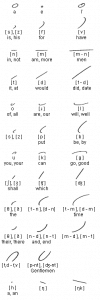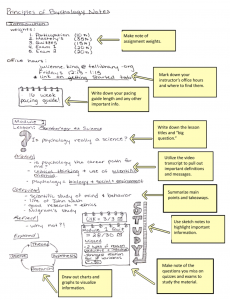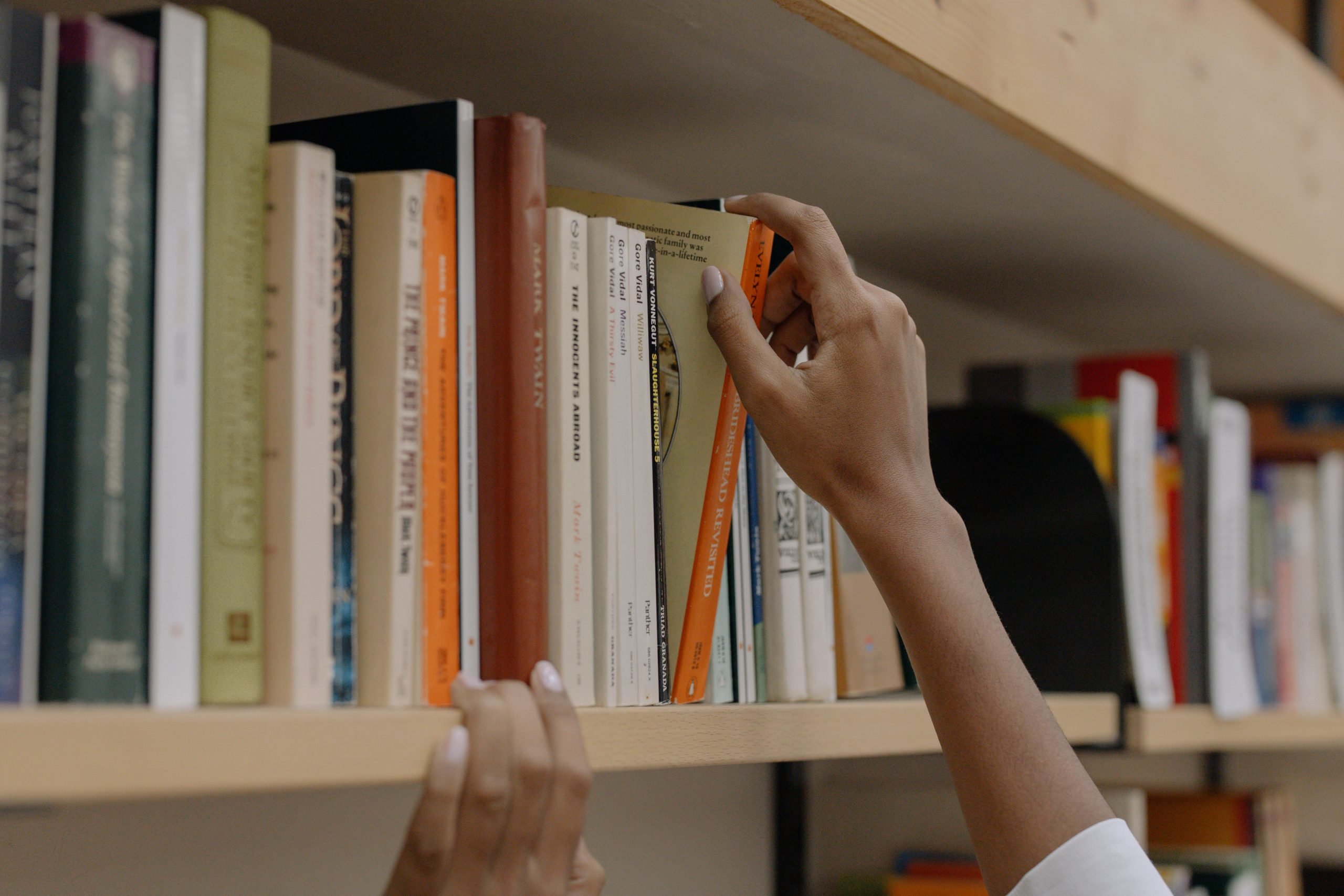For 99.9% of people, memory is unreliable. Otherwise, a phenomenon such as the Mandela Effect wouldn’t exist. That’s why taking notes is crucial for academic success.
All students know the struggle to find the balance between recording the main ideas of a reading or lecture and ensuring that you remember minute details. But no one notetaking method will work for all students in all situations. In large lectures, you’re likely to find dozens of note-taking methods, from Post-It notes to notebooks to Google Docs. As a student, you need to figure out what feels right (and is successful) for you. As you develop and perfect your notetaking method, it will become familiar and help you create patterns that will make it easier to retain information.
Here are a few approaches to experiment with as you find the note-taking process that works best for you.
Shorthand: Create your own code
For students who like taking notes by hand but have trouble writing fast enough, there is shorthand. There are many different versions of shorthand, including the Gregg method, which many journalists used before audio recording devices came along. The problem is, to the untrained eye, most versions of shorthand look like scribbles, and they take months or even years of training to perfect. And if you can’t decode your own notes, did you even take notes in the first place?
If you don’t want to put in the time to learn an established shorthand method, you might consider creating one of your own. Figure out abbreviations that make sense to you, such as dropping vowels or using abbreviations such as capital C for congress and SC for Supreme Court in your American Government course. If you are worried about forgetting what the abbreviations stand for, make a key at the beginning of your notebook or the top of your document that you can refer back to.
Shorthand notes are not for the student who craves description. The goal is to get notes down fast so you can review them later. Shorthand abbreviations and acronyms should be reserved for topics that you are familiar with. And if you type your notes, be sure to disable spellcheck and text suggestions before launching into your new shorthand code.
Sketchnotes: Use visual cues
Do you often find yourself doodling in the margins of your notes? Or perhaps you like to incorporate symbols for easy identification. Sketchnotes might be a fun option for you, and can also help you with retention by pairing visuals with words.
Sketchnotes are a mix of hand-drawn visuals such as charts, pictures, and shapes to create areas of attention within your notes. You don’t need to have any special drawing talent to get started with sketchnotes. If you can draw an arrow, you can sketchnote.
Listen for descriptor words in the lecture or reading, such as comparisons or simple objects that are easy to highlight in your notes. In your Biology course, for example, the sun and water droplets are easy to draw alongside your information about photosynthesis.
If you are not a pen-and-paper notetaker, you can still try your hand at sketchnotes through apps such as Paper 53 and Notability. You can even combine your sketchnotes with your typed notes by exporting the images and adding them to your Google or Word docs.
Outline: Find the main points
By the time you are taking a college-level course, you’ve likely created your fair share of outlines. For every A there will be a B. The outline method applies the concept to taking notes. Start with an outline format, and fill in the big themes as they come up. Identify supporting topics for each theme and fill out your outline.
This format is particularly good for students who like taking notes on their computers because you won’t have to worry about running out of room if you want to add another point to a previous theme.
The Outline Method is especially helpful for courses where you know what will be discussed, such as self-paced courses. You can scan the lesson for the big themes and fill in your outline as you progress through the recorded lecture and readings.
Cornell Method: Everything has its place
Where are all my Type A personality students? If you are looking for a straightforward, all-business way of notetaking, check out the Cornell Notes Method. With the Cornell method, you divide your paper into three sections: a column down the left-hand side for cues, a larger column for notes, and a section across the bottom for the summary.
The “cues” section is for people, places, dates, and terms. These are the things that are likely to show up on tests or would be helpful when looking for specifics to include in an assignment. If you are studying the Boston Tea Party, for example, you might include 1773, Taxation without Representation, and The Stamp Act in the cues section.
The notes section would give you space to go into detail about the cues, including how the cues impact each other. The summary section is for your review after class when you are looking over your notes. This is where you identify the main ideas from your notes. Not only does this encourage you to review while the information is fairly fresh, but it also gives you an easy place to skim for main ideas when you are studying.
Gearing Up for College
High school students have become familiar with the overhanging threat of “your professors won’t stand for this in college.” I am here to tell you from personal experience that most professors don’t inspect the organization of your notes, your learning progress, or if your work is even turned in. This is not to be confused with care, however. Professors want to help you, but you must be the one to begin this line of contact. Reaching out to your professors or attending office hours to ask questions, get clarification on assignments, or simply introducing yourself will help you throughout your academic career.
Truthfully, prior intelligence on college course materials will not equate to collegiate success. Collegiate success stems from personal initiative, flexibility, organization, and professionalism. Expecting to understand course materials without personal, fine-tuned strategies is comparable to jumping onto thin ice. Maybe you’ll make it, but chances are you’ll be better off thinking before you jump (or finding another way around).
TEL’s College Readiness course is the perfect place to begin your journey to complete college readiness. This course provides rich, detailed information on how to succeed in higher education. Learn more about TEL’s College Readiness course.
Piper Tully helped launch TEL’s Student Coaching program as one of our first student coaches. Piper is now an Operations Assistant with TEL Education.






